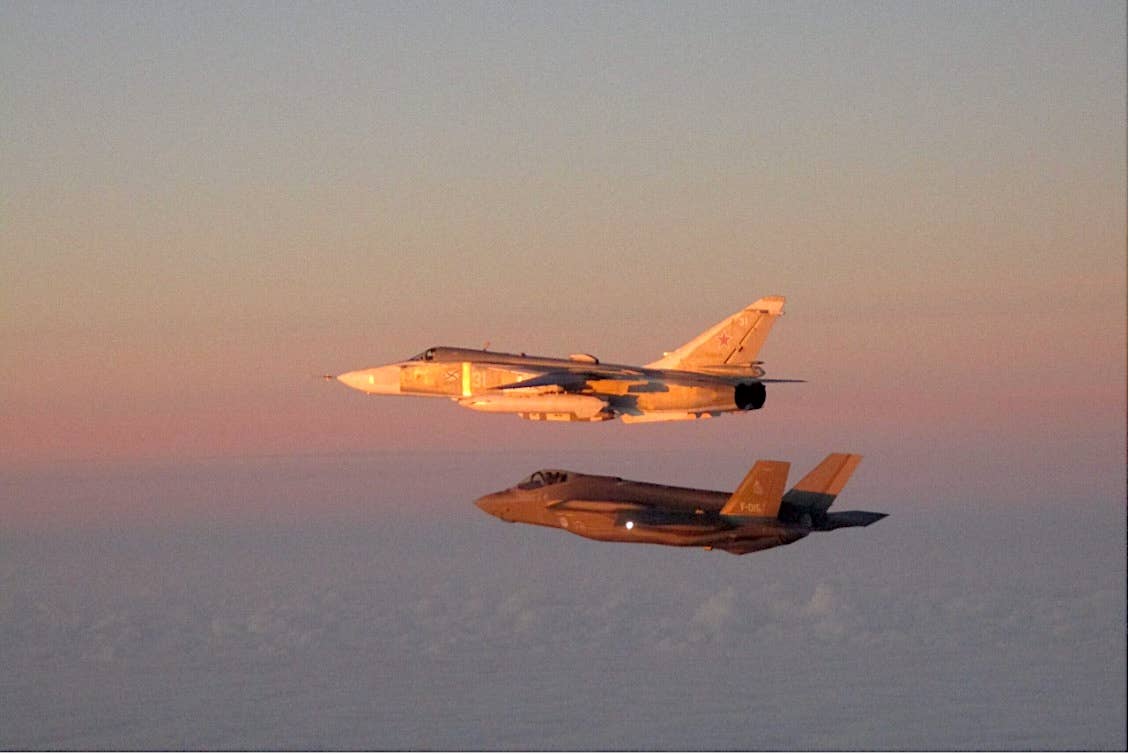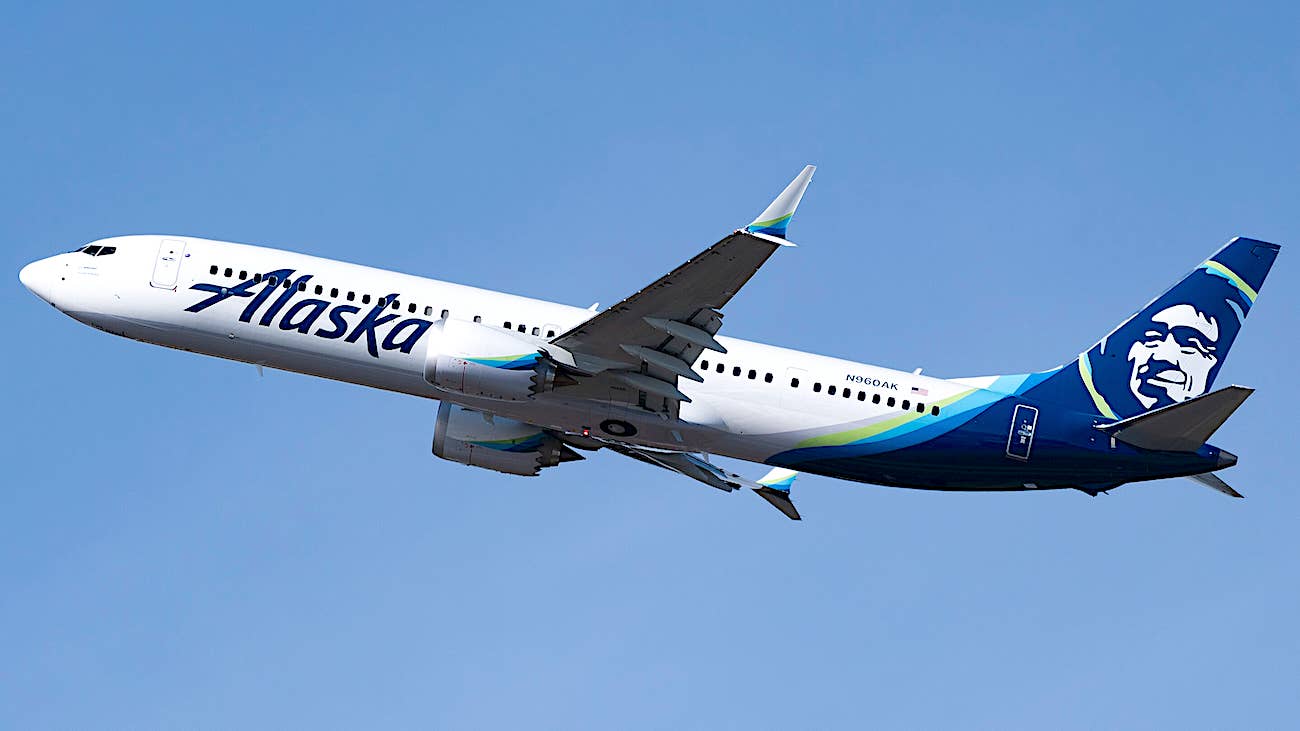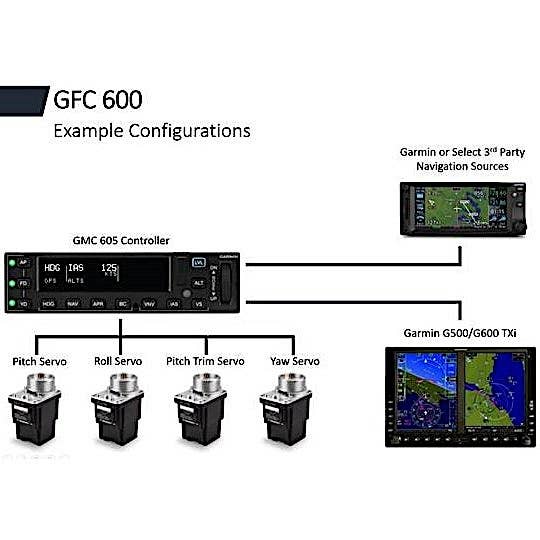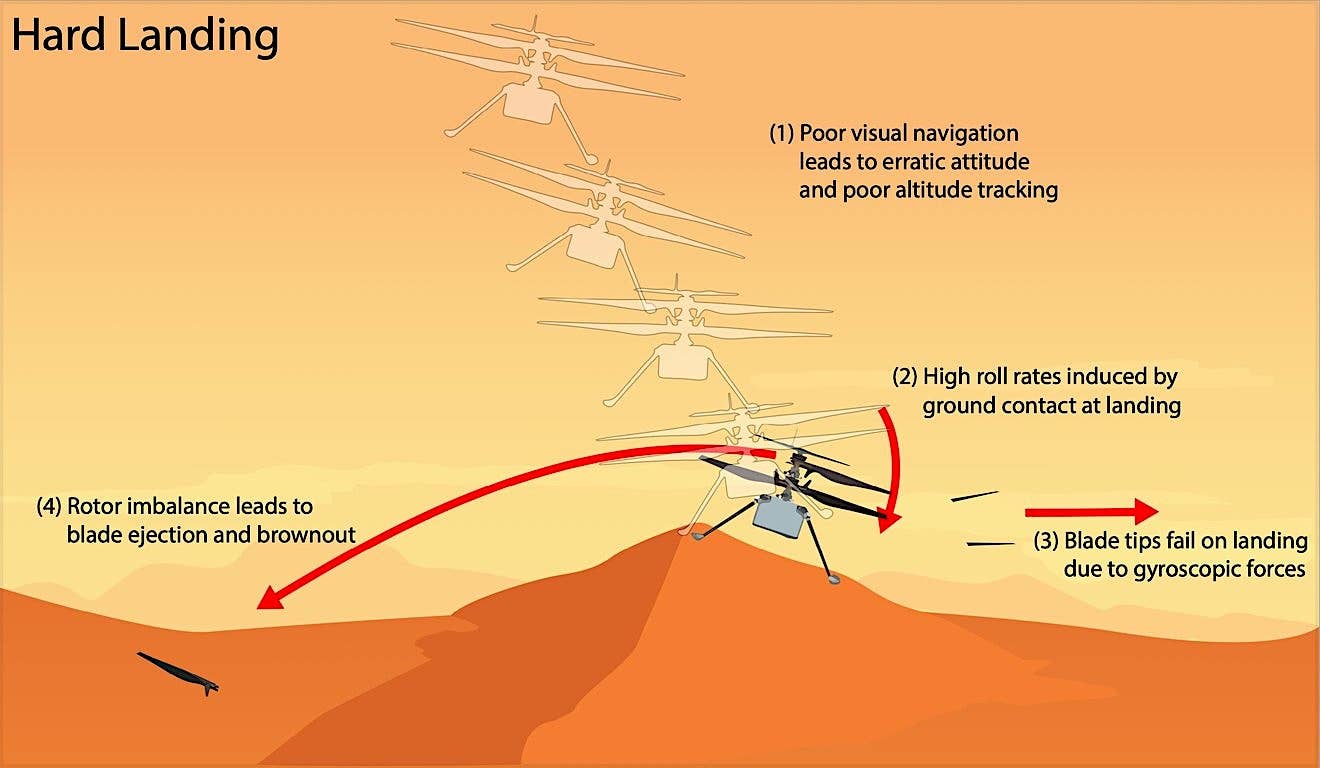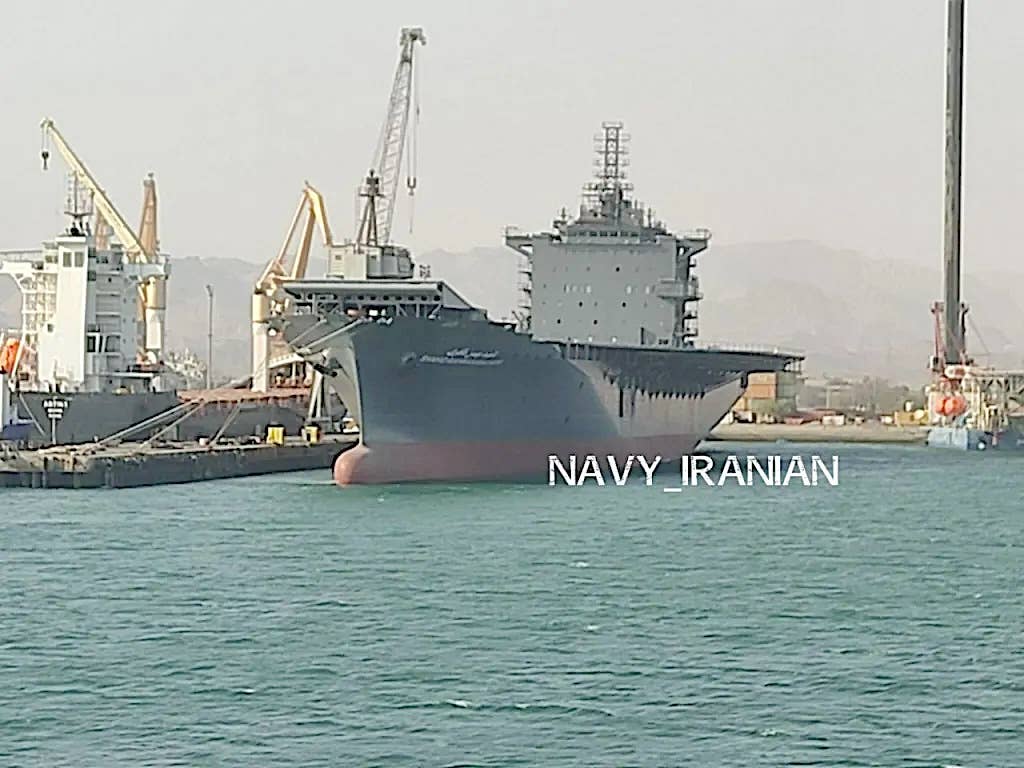Boeing-Saab Air Force T-7A Trainer Facing Yet Another Delay
As revealed in Monday’s 1,040-page Pentagon budget justification document on its 2025 budget, the Air Force’s T-7A “Red Hawk” trainer program is facing yet another delay. Entry into service is…
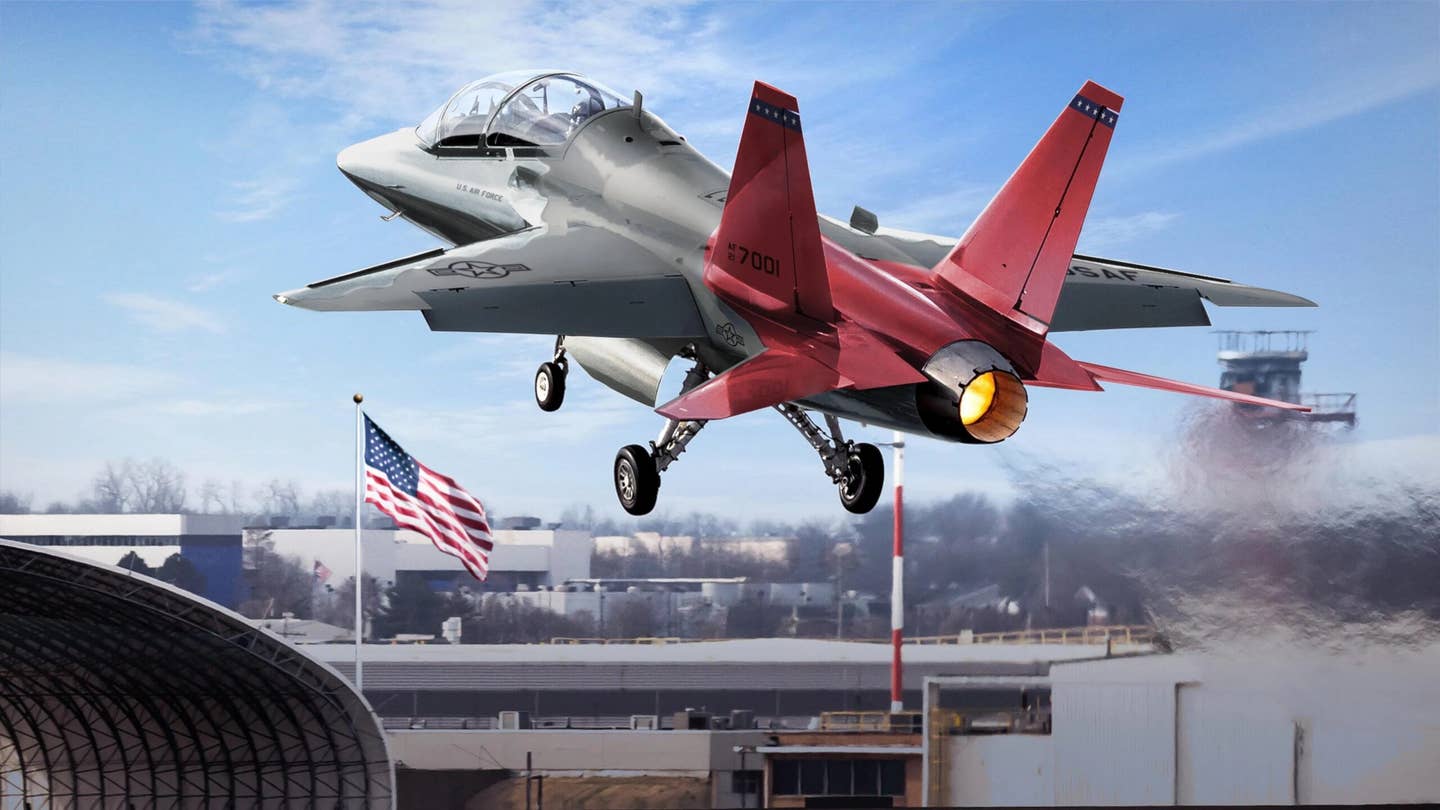
Photo: Boeing
As revealed in Monday’s 1,040-page Pentagon budget justification document on its 2025 budget, the Air Force’s T-7A “Red Hawk” trainer program is facing yet another delay. Entry into service is now projected for mid-2028, a full year’s delay from the last published date.
Air Force spokesman Andrew Hunter told reporters yesterday (March 12) that a combination of budget constraints and a stalled testing program cut the planned 2025 Fiscal Year budget for T-7 acquisitions in half to $235 million for a new total of seven examples. “Right now,” he said, “the flight test is going relatively well. If we don’t discover something unexpected, I do think we will get into production in fiscal 2025. That’s why we’re requesting production funds in our ’25 budget. But it will probably be a little later in the year than we anticipated.” Originally, production was expected to launch last December.
According to the documents filed Monday, the current schedule calls for Developmental Test and Evaluation to conclude in May 2025, Initial Operational Test and Evaluation to start in January 2026, with Low Rate Initial Production (LRIP) to begin in April 2026.
Air Force plans call for acquiring 351 of the Boeing-Saab T-7A Red Hawks including five test aircraft. Three have already been delivered, with completion of the two remaining test examples stymied by a quality issue with vendor parts and supply chain issues, according to Boeing.
Powered by a single General Electric F404 turbofan, the T-7A is meant to replace the Air Force’s fleet of aging twin-engine Northrop T-38 Talon trainers, which entered service in 1961.


